Radioactivity decays with time. But we don’t simply wait by leaving radioactive wastes out in the open or burying them in a pit. The storage and disposal processes for these are well planned, executed, and monitored to avoid harmful exposure to the public.
With the use of radiation in different industries like medicine and nuclear power, there should be a responsible waste management plan for the safety of the community and the environment.
Types of Radioactive Waste
Radioactive wastes are byproducts of nuclear reactors, healthcare facilities, fuel processing plants, and research facilities. These can be classified into three categories based on the amount of radiation they emit: low-level, intermediate-level, and high-level wastes.
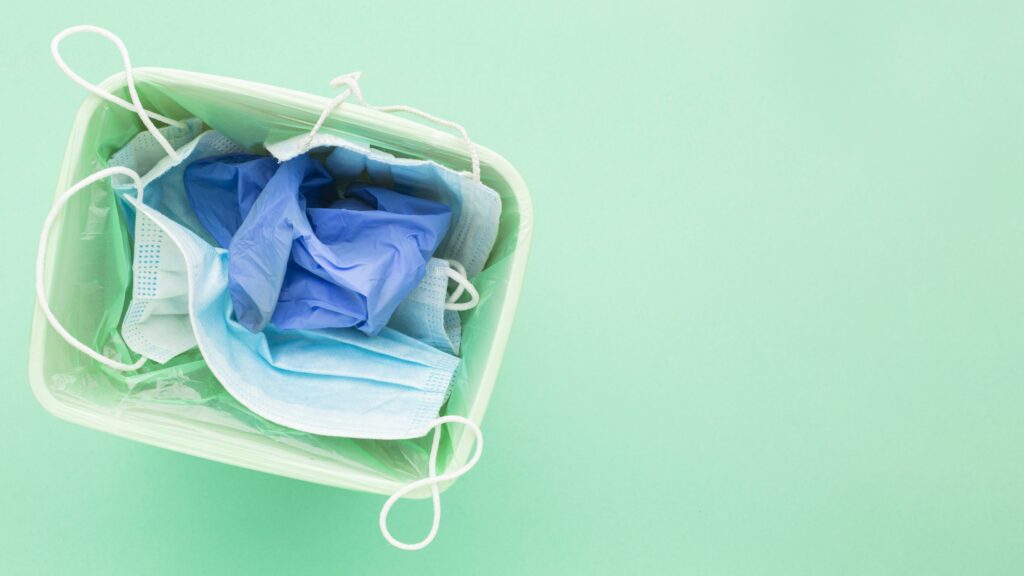
Low-level wastes can be laboratory items like paper, plastic, gloves, and filters. These wastes contain small amounts of radioactivity so there’s no need for heavy shielding during handling, transport, and storage.
Most of the byproduct wastes of the Australian Nuclear Science and Technology Organisation (ANSTO) are low-level wastes.
Intermediate-level wastes, like metal fuel cladding, require additional shielding as these have higher levels of radiation.
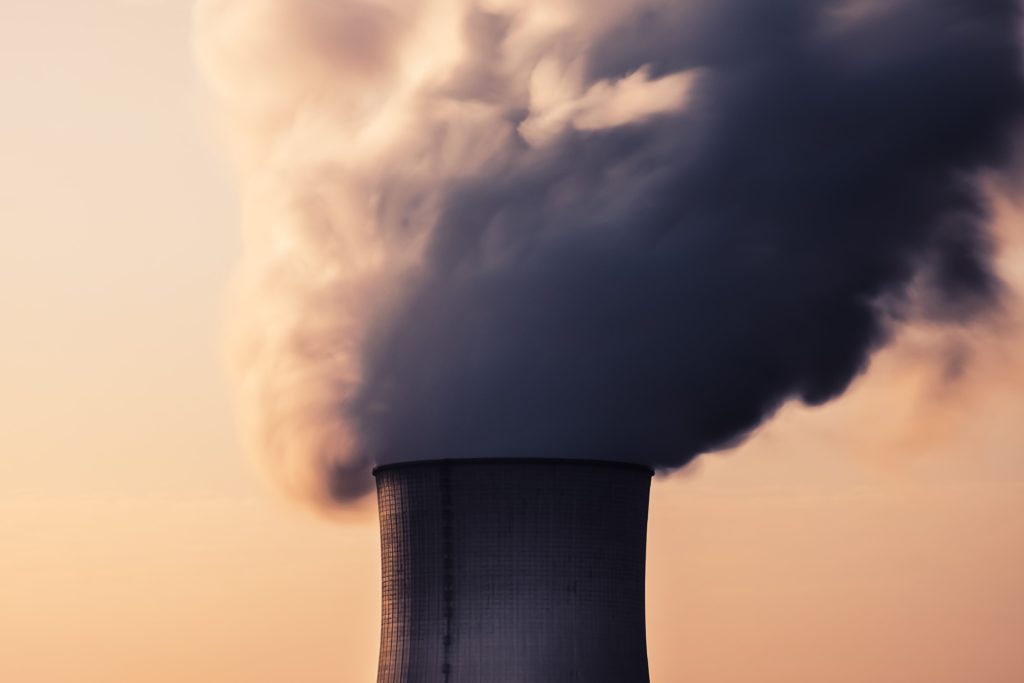
High-level wastes include spent fuel from reactors after producing electricity. It’s thermally hot and requires remote handling and shielding.
Aside from these three, there are additional classifications in Australia: Very Low-Level Waste, Very Short-Lived Waste, and Exempt Waste.
Methods of Radioactive Waste Storage and Disposal
There are different ways to dispose of radioactive waste, depending on the waste form, volume, and level of radioactivity.
For low-level wastes, it’s usually land-based disposal after packaging. In ANSTO, they shred and compress low-level wastes into 200-litre drums, then safely store them on-site.
For higher-level wastes, storage comes first to let the radioactivity and heat decay. In the case of used fuel, other countries reprocess it to recycle uranium and plutonium.
Disposal methods can be classified into:
Near Surface Disposal – Low-level and short-lived intermediate-level wastes are disposed of at a ground level or a few metres below. Inside a constructed concrete vault, they place the waste containers and backfill it when full. Afterwards, they will cover it with an impermeable membrane and topsoil.
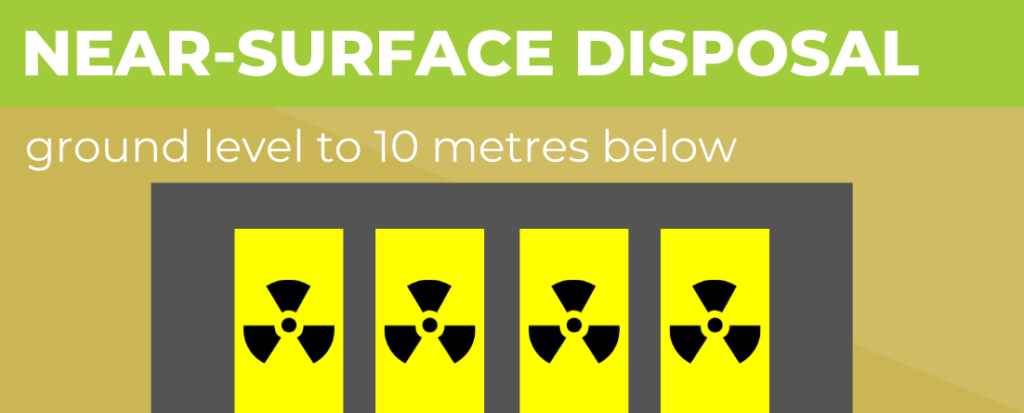
Deep Geological Disposal – Higher level wastes are disposed of in this multi-barrier concept, where wastes go hundreds or thousands of metres underground. The multi-barrier includes the waste packaging, the repository and the rocks and soil.
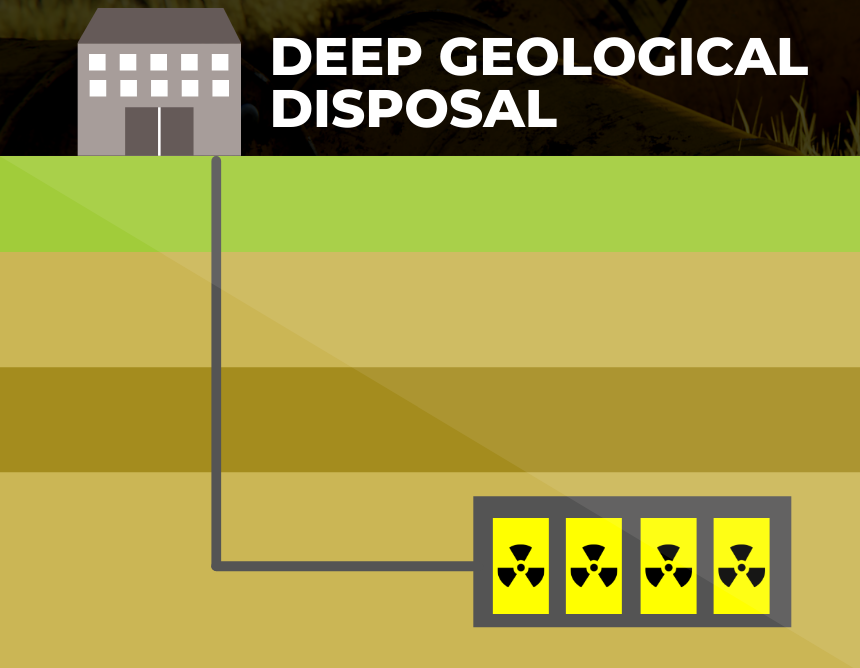
Safety Practises in Waste Facilities
Currently, there are around 100 waste management facilities in Australia. For the long term, the Australian Government is building a single National Radioactive Waste Management Facility (NRWMF). This facility will permanently dispose of Australia’s LLW and temporarily store Australia’s ILW.

Nuclear decommissioning is also a process that requires safety measures. Others do mock-ups or 3D simulations that will give a preview of what will happen. These should have the right measurements to efficiently prepare the personnel involved.
During the decommissioning process, the personnel should wear protective gear like full-face masks and coveralls, depending on the type of work and the area. And in case of unexpected incidents, there are set emergency routes for the personnel.
Monitoring Radiation in Nuclear Waste Facilities
From low-level to high-level waste, it’s essential to have a proactive approach to maintaining safety in nuclear waste facilities. Radiation monitors measure the ambient radiation levels and increase the assurance of the staff about their safety.
Having real-time data provides regulators with confidence that a facility is meeting its licence requirements under the region’s Radiation Safety Standards.
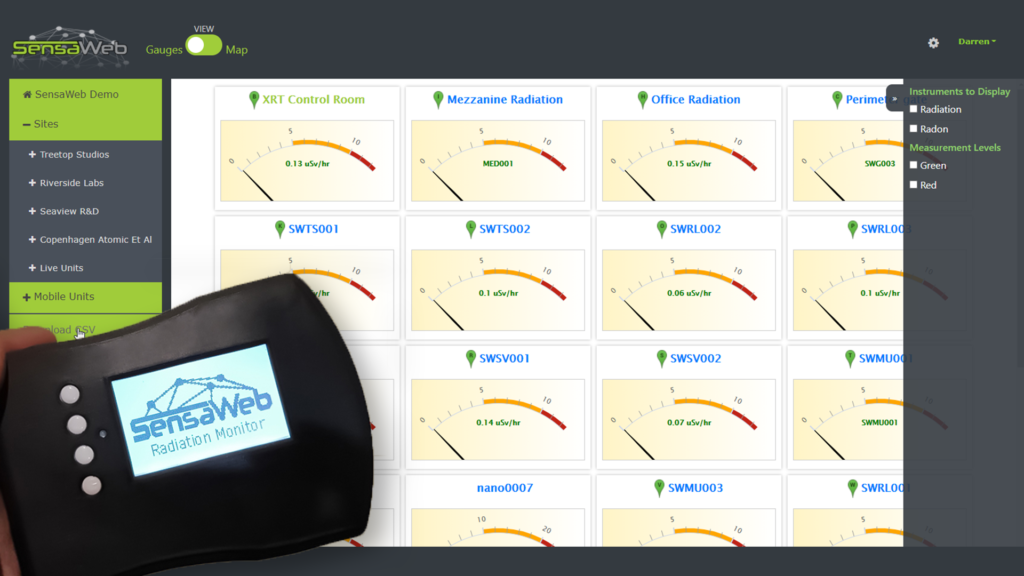
Connect with the SensaWeb team here for your radiation and environmental monitoring needs email us at info@sensaweb.com.au. You can also call us at +61 415 409 467.